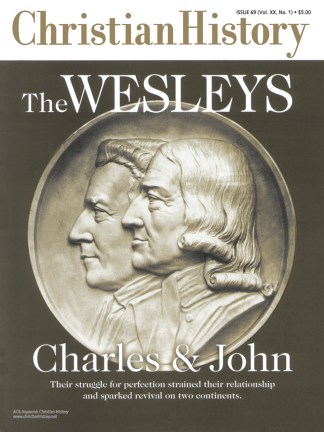In 1716 and 1717, the house at Epworth hosted a supernatural visitor. “Old Jeffrey,” as the children called it, made a variety of noises (groanings, knockings, stampings, and clatterings) and sometimes appeared as a badger-like creature scurrying across the floor. The whole family—as well as a neighboring clergyman—saw or heard it, and no one could find evidence of a hoax.
Though initially skeptical, Susanna wrote to her two oldest sons, who were away at Oxford, that she became “entirely convinced that it was beyond the power of any human creature to make such strange and various noises.”
A remark by oldest daughter Emily, however, perhaps provides the best clue to the incidents. She noted that the outbreak had quickly followed her father’s preaching against folk religious practice—namely, the consulting of “those that are called cunning men, which our people are given to”—after an alleged outbreak of witchcraft in a neighboring parish.
If disgruntled parishioners were behind the haunting, it wouldn’t have been the first time they caused trouble. Local enemies had already maimed some of the Wesleys’ animals, and they might have caused the rectory fires in 1702 and 1709.
Whether a supernatural visitor or flesh-and-blood conspiracy, “Old Jeffrey” might represent one of many clashes between the local world view and a rationally inclined outsider.
Copyright © 2001 by the author or Christianity Today/Christian History magazine. Click here for reprint information on Christian History.










